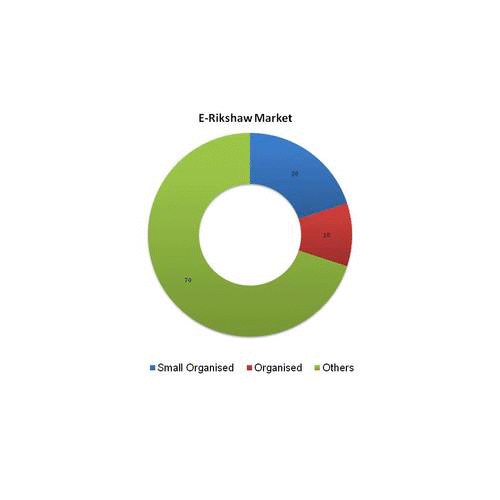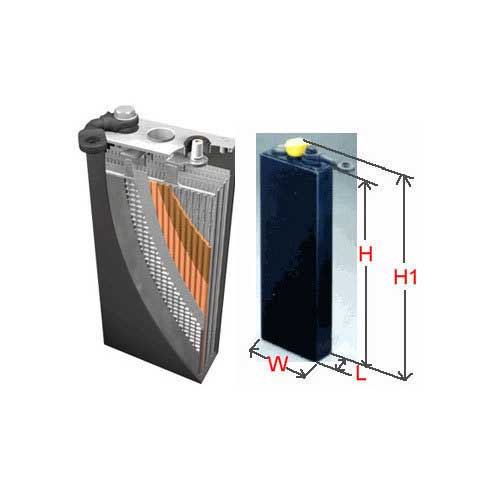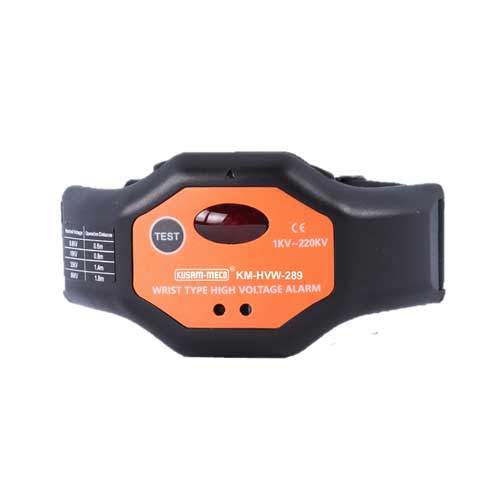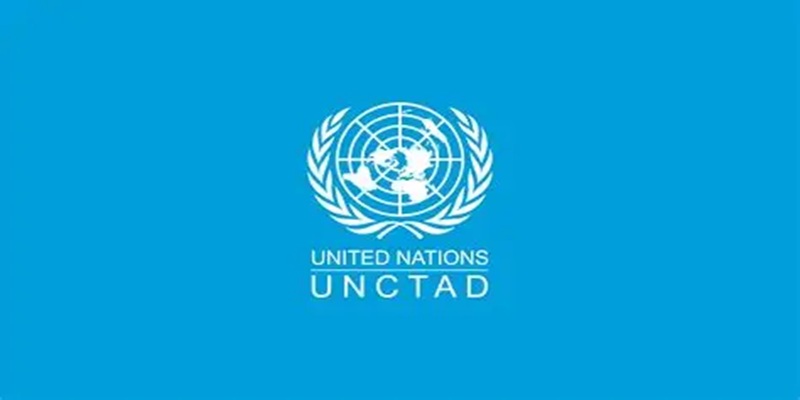Schedule a Call Back
Lead acid batteries to remain relevant in Li-ion era
 Articles
Articles- Aug 27,19

Related Stories

“Emphasis should be to make India an integrated manufacturing hubâ€Â
The renewable equipment sector is experiencing a sluggish demand as the pace of adoption of renewable projects in solar and wind is very slow. Sanket D More, Founding Partner, Emerging Power Systems..
Read more
“With Lithium-ion batteries, other accessories will be our focusâ€Â
With much happening under the Government’s vision for EVs, battery companies are gearing up for launching their new products and services. IPF delves into how Lithium-ion battery in..
Read more
Lead acid batteries to remain relevant in Li-ion era
With India set to surpass Japan as world’s No. 3 auto market by 2021 and India sales data has seen double-digit growth in 27 states in India and is fourth largest vehicle market beh..
Read moreRelated Products

Forklift Battery
Aatous International is a manufacturer and solution provider of a wide range of forklift battery.

Kusam Meco -Wrist Type High Voltage Alarm
‘KUSAM-MECO’ has introduced a new wrist Type High Voltage Alarm Detector - Model KM-HVW-289 having a wide sensing range from 1kV-220 kV AC.
Servotech Power Systems files 2 patents for energy management technologies
Servotech Power Systems, a leading manufacturer of EV chargers and solar solutions, has announced that it has filed two patents for innovative energy management technologies in order to facilitate gri Read more
















